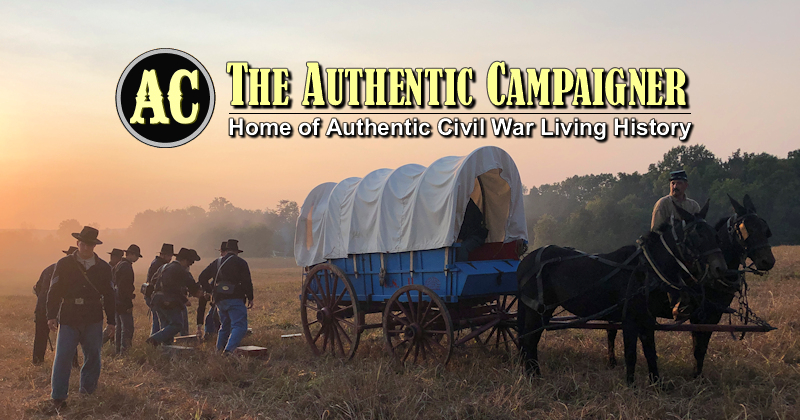The topstitching on a logwood dyed jeancloth RDII, which one is it? It seems that in the world of 19th Century uniforms, there are very few absolutes, but if I had a choice......
I have searched archives and found nothing on this. Thanks ahead of time for your assistance.
I have searched archives and found nothing on this. Thanks ahead of time for your assistance.




Comment